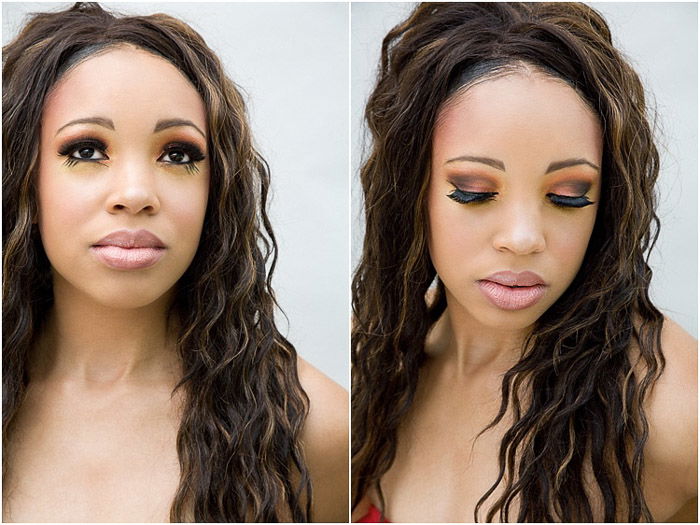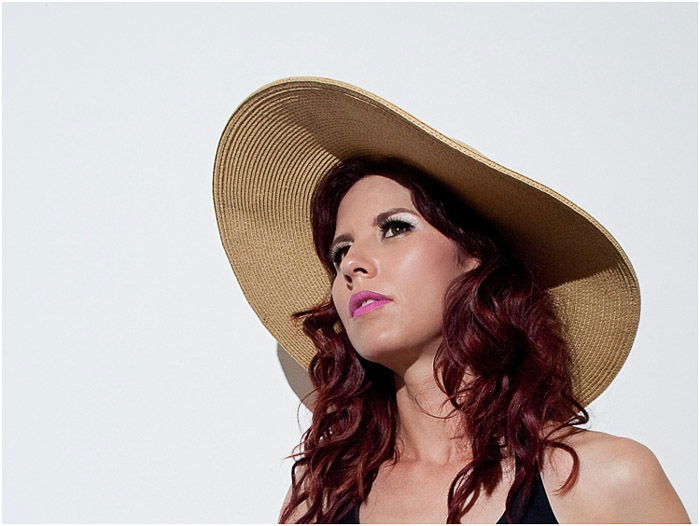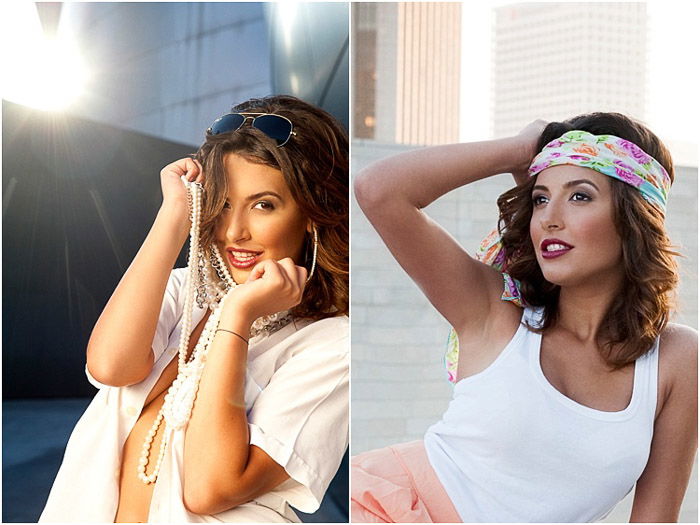Beauty photography will open doors into editorial and commercial work.
But capturing beauty images can be a little intimidating when you’re starting out.
These 11 tips will help you take great editorial quality beauty photography.
It goes without saying that beauty portraits take a whole creative team for them to come to life.
Makeup and hair styling are some of the most important elements next to lighting.
Even if you are going for a more natural look, it's important to have a makeup artist and hair stylist. This will limit the time you spend in post-production.
Many are willing to work with photographers on a TFP basis. This means ‘time-for-photos’.

Other professional makeup artists and hair stylists may charge you. If you admire their work, it's worth hiring them.
When you work with a beauty team, make sure to give them enough time to get the model or models ready. This is similar to fashion photography, where the entire team works together to create the final look.
It's important to communicate exactly what look you want and have examples ready. Consider using a mood board for this.

You can also let the beauty team add their personal touches.
Giving them a little control over the creative process will make them want to work with you in the future.
Beauty photography can be experimental. If you're working with a client, you’ll want to prepare with storyboards or concept cards.
This will make the whole shoot go smoothly, whether you’re a beginner beauty photographer or a pro.
Have a general mock-up of the looks, ideas, textures, color scheme, and posing. Everyone involved will "see" the shoot in a more visual way and be on the same page.
And having everyone focused on the exact look can make everything run smoother.

Keeping a mood board can also help to bring the beauty shoot together. Try having different elements of inspiration or "feel".
Everyone can get an idea of what the photos are supposed to look like.
This means the model will know what to do, and the client what results to expect.
It can be helpful to have a creative director on board.
They can make sure that the photoshoot goes according you and your client’s plan.

Having fun and taking photos that are more experimental during the shoot will give your clients more variety.
There is a notable difference between real working models and those looking to put their foot in the door.
Real models sometimes only work with well-known photographers. Or with photographers who are willing to test shoot ideas or concepts the models have in mind.

New models are more willing to work for free to grow their portfolios. This can also build new working relationships for future projects.
Having said that, models who have been working for some time can be more helpful during a shoot. They know how their body lines and movements can make a photo more interesting. And give the client what they're looking for.
They are also more experienced in getting certain facial expressions or poses.

This does not mean that less experienced models aren't great in front of the camera.
Try working with all types, sizes, and working and new models. You will get more experience photographing different bodies, facial textures, and other differences.
You can also ask a close friend to model for you. This will allow you to experiment with beauty style photos. And you’ll gain more practise before working with more experienced models.
You can use shadows and more directional lighting in beauty photography, as well as side lighting. This depends on the story you want to tell.
Colored lighting can also make the photos pop. Try this if you're doing something more fashion-forward or high fashion.
The best thing about lighting is that you don't always need a studio to create stunning beauty photos. You can use direct sunlight to create directional light depending on the time of day you shoot.
Also, using different colored boards can give color casts. And they can reflect the colors that you are looking to add to the photos.

Using studio strobes can give off more lighting and create a high fashion style.

Using off camera flashes or only one light source can offer shadows but still highlight the face. This becomes the focal point of the photo.

Light modifiers include large softboxes, grids, bounce cards, reflectors, or umbrellas. You can even use black flags to create more shadows or add some soft light.

Different lighting can give different looks to the same beauty concept.

The great thing about beauty photos is that you generally don't need much space.
Beauty photography is focused primarily on the face and shoulders and up. Full body shots are not necessary.
Again, this does depend on what you and your client are aiming for.

It is always great to have useful photography props to help make the shoot go smoother wherever the session takes place.
For beauty shoots, you'll need the following:
You may not need all of these for every beauty shoot. But it's good to have them on hand.
Camera settings only go so far. Retouching is inevitable in any beauty session. But it’s becoming more common for clients to avoid over-processed photos.
If your retouching skills are not up to par, you can outsource this. There are many retouching services that can follow all your specifications and have a good turn around time.

If you’re editing your beauty photos yourself, watch out for common mistakes like over-processing. The skin needs to be done with a high attention to detail. It needs to look natural and not fake. Keep an eye out for uneven skin textures.
Depending on what your client has requested, you may have to alter facial features. Adobe Photoshop is your go-to program here.
Speak to your client during the planning process about retouching and what they prefer. What they like, don't like, what is on brand, and what they want the final images to look like.
Knowing what your client expects can save you time in the long run. You won’t have to re-do any of the post-processing.
Make sure to show different examples of different retouching styles. They’ll have a better idea of what the final photos can look like.
Your lens can mean the difference between an okay photo and a great one.
For beauty photos, a long lens is best. It compresses the background and brings out the face.
A lens longer than 100mm is perfect.

Keeping your aperture small, f/8 or higher, will make sure that you get all of the details of the face in focus.
This is highly important especially if you're photographing a specific product on the face. It also helps to have the details of the skin in focus for better retouching in post-processing.
Keeping the angle of the lens a little bit below level can give the model more of a high fashion feel. But photographing them straight on can create a more powerful stare.
Shooting down at a model makes them look demure. It can soften the pose and feeling of the photo.

Try photographing the model at different angles so that you have more options when choosing the right photo for your portfolio or client.
If the model is using a curated wardrobe for the shoot, get some full-length photos too. These can help tell the story or simply add to the portfolios of everyone involved.
Even if you are doing a beauty shoot solely for your own portfolio, it is very important to have the models sign a model release form or contract. These should outline all of the specifics of the photo shoot.
Detail what they will receive. If they are going to get photos, include whether print or digital, retouched or not retouched, how many, and the expected turn around time.

Not all beauty photoshoots have to happen in a studio. Sometimes using locations can add to the story the client is trying to tell.

Beauty photography can open many doors for you in the editorial and commercial niches. Whether you’re a fashion photographer, or you’re a professional trying to improve their portfolio or social media.
Next time you have a beauty shoot, refer back to these tips to get the best photos possible.
We have a great article on Best Model Poses for Fashion Photography or beautiful milk bath photography to check out next!